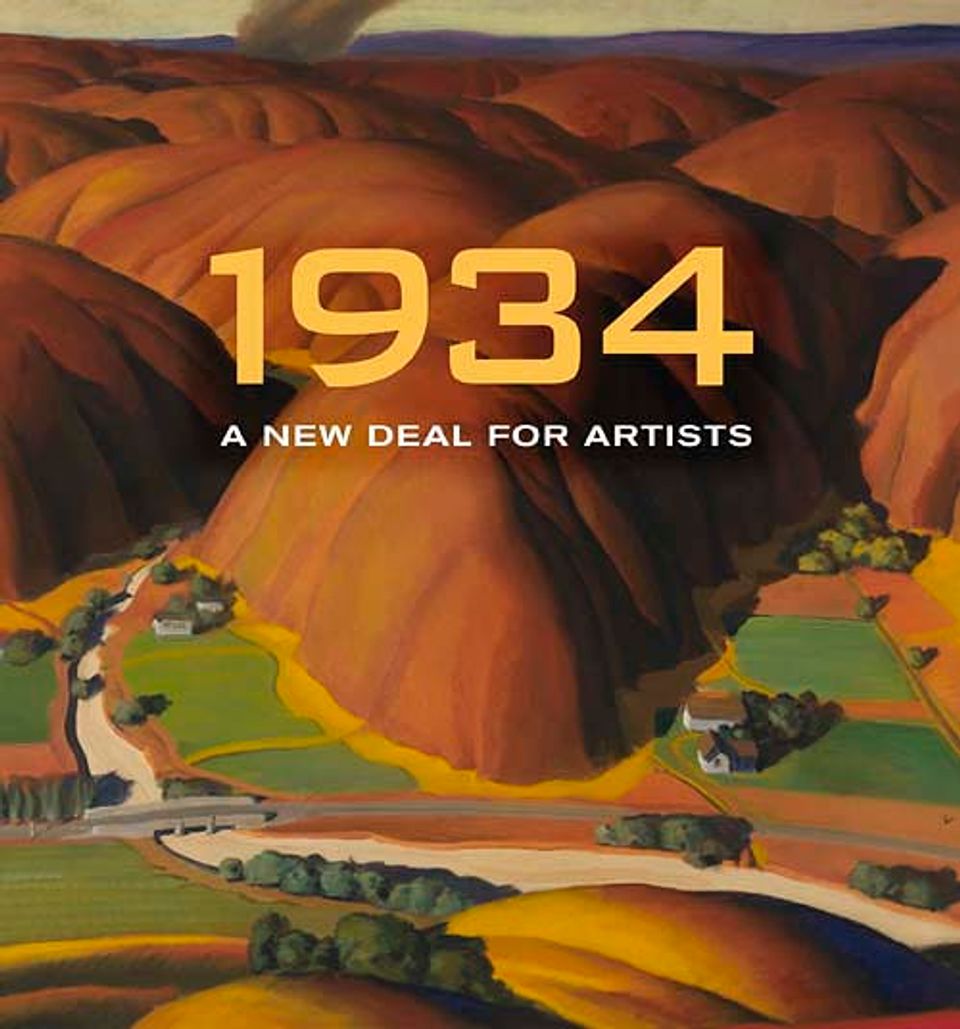Artwork Details
- Title
- Old Pennsylvania Farm in Winter
- Artist
- Date
- 1934
- Location
- Not on view
- Dimensions
- 30 1⁄8 x 40 1⁄8 in. (76.5 x 102.0 cm.)
- Credit Line
- Transfer from the U.S. Department of Labor
- Mediums
- Mediums Description
- oil on canvas
- Classifications
- Subjects
- Architecture Exterior — domestic — farmhouse
- Architecture Exterior — farm — barn
- New Deal — Public Works of Art Project — New York City
- Landscape — Pennsylvania
- Landscape — season — winter
- Landscape — farm
- Landscape — road
- Object Number
- 1964.1.37
Artwork Description
Either train or car would have brought Cederquist from his home in New York back to Pennsylvania, where he was born. Like many of the artists involved in the Public Works of Art Project, Cederquist studied art and kept a home base in New York, but his art featured his birthplace. His three paintings for the PWAP were all set in rural Pennsylvania.
1934: A New Deal for Artists exhibition label














